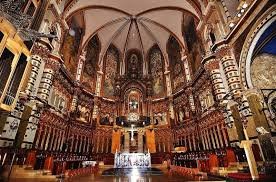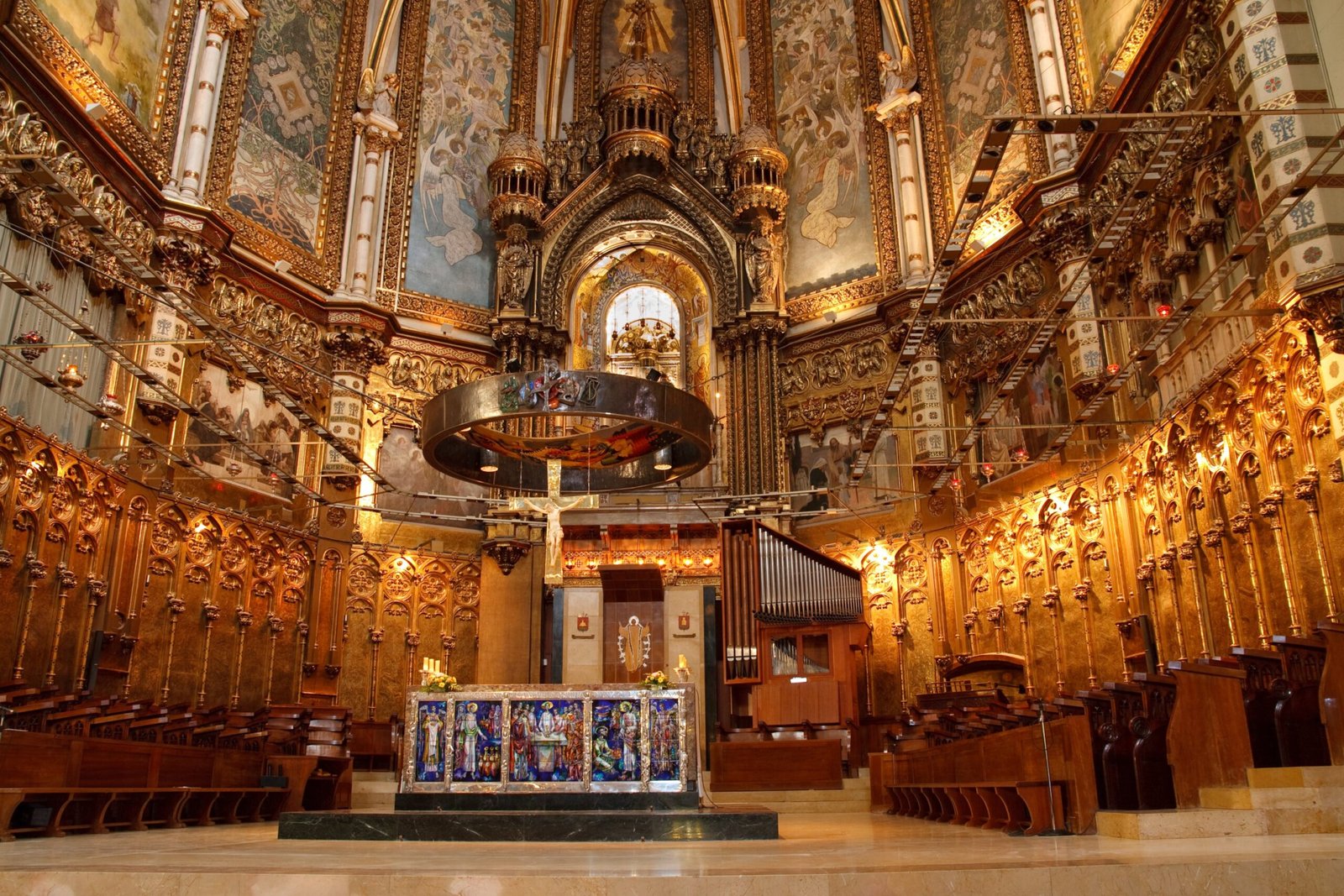Hightlight
-
 Air conditioner
Air conditioner -
 Car parking
Car parking -
 Non smoking
Non smoking -
 Wifi
Wifi
Barcelona Cathedral; Barcelona Cathedral, also known as the Cathedral of the Holy Cross and Saint Eulalia, is a stunning architectural masterpiece and one of the most significant landmarks in the city of Barcelona, Spain. With its rich history, intricate design, and religious importance, the cathedral attracts visitors worldwide. In this informative post, we will delve into the details of Barcelona Cathedral, exploring its history, architecture, notable features, and its significance to the city.
History: Barcelona Cathedral dates back to the 13th century when construction began in 1298. It was built on an earlier Romanesque cathedral site, and the construction spanned over several centuries. The cathedral’s completion took place in the 15th century, with subsequent modifications and additions made in later years.
Architecture: The architectural style of Barcelona Cathedral is primarily Gothic, although it also exhibits elements of Catalan Gothic and Renaissance architecture. The exterior of the cathedral is characterized by its intricate façade adorned with intricate sculptures, gargoyles, and decorative details. The soaring spires and the central bell tower, known as the “Gothic Bell Tower,” dominate the skyline of the Gothic Quarter.
Notable Features:
- Cloister: One of the highlights of Barcelona Cathedral is its stunning cloister, known as the “Cloister of the Cathedral.” The cloister is a peaceful courtyard featuring beautiful palm trees, a well, and a garden. It is home to thirteen white geese, representing the age of Saint Eulalia, the patron saint of Barcelona.
- Interior: The interior of the cathedral is equally awe-inspiring. The soaring nave, adorned with intricate stained glass windows, creates a captivating play of light and color. The side chapels house various religious artworks, sculptures, and altarpieces. The choir stalls, carved with intricate details, are a sight to behold.
- Crypt: Beneath the high altar lies the crypt, which houses the remains of Saint Eulalia. The crypt is a serene and spiritual space where visitors can pay their respects to the saint.
Significance: Barcelona Cathedral holds significant religious and cultural importance in the city. It is dedicated to Saint Eulalia, the co-patron saint of Barcelona, whose martyrdom is an important part of the city’s history. The cathedral serves as the seat of the Archbishop of Barcelona and is a place of worship, hosting religious ceremonies and events.
Beyond its religious significance, Barcelona Cathedral is also an architectural icon and a symbol of the city’s heritage. Its towering presence in the Gothic Quarter reflects Barcelona’s rich history and artistic achievements.
Visiting Barcelona Cathedral: Visitors to Barcelona Cathedral can explore the interior of the cathedral, including the nave, chapels, and the cloister. It is also possible to climb to the top of the bell tower for panoramic views of the city. Guided tours and audio guides are available to enhance the visitor’s understanding of the cathedral’s history and significance.
When planning a visit to Barcelona Cathedral, it’s important to check the opening hours and any restrictions due to religious services or events. Modest attire is recommended, as it is a place of worship.
In conclusion, Barcelona Cathedral is a must-visit attraction for those interested in history, architecture, and religious heritage. Its Gothic splendor, intricate details, and spiritual ambiance leave a lasting impression on visitors. As you enter this sacred space, you’ll be transported to a bygone era and experience the architectural marvels defining Barcelona’s rich cultural landscape.










